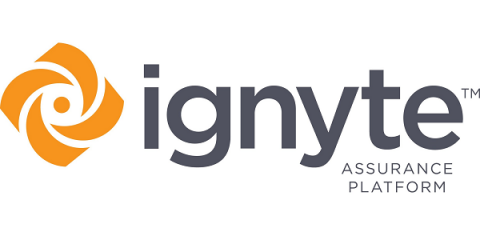6 Security Tips When Trading Online
Online trading is on the rise as many consumers take control of their own investments or work with brokers virtually rather than in person or over the phone. At the same time, cybersecurity attacks are on the rise as hackers also try to take advantage of gaps in the system, stealing identities and even money.







